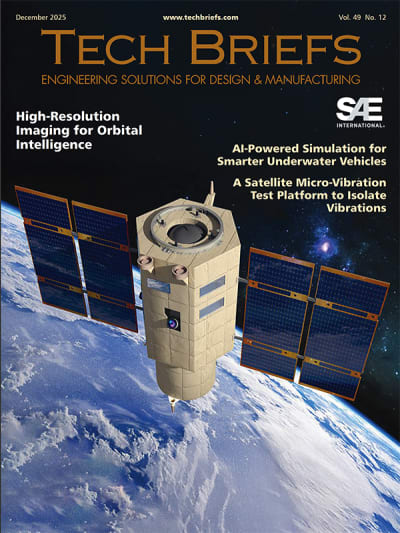Battery-Free Autonomous Robot Can Operate on Harvested Solar and RF Power
Watch this video to learn more about MilliMobile: A battery-free autonomous robot capable of operating on harvested solar and RF power. MilliMobile is the size of a penny and can steer itself, sense its environment, and communicate wirelessly using energy harvested from light and radio waves.
“We took inspiration from ‘intermittent computing,’ which breaks complex programs into small steps, so a device with very limited power can work incrementally, as energy is available,” said co-lead author Kyle Johnson , a UW doctoral student in the Paul G. Allen School of Computer Science & Engineering.
Transcript
00:00:00 [MUSIC PLAYING] PRESENTER: Robotic sensors have many potential applications from agriculture to industrial settings. A single robot can move around to dynamically sample its environment, performing inspection tasks or seeking out sources like gas leaks, and even communicate to create reconfigurable networks. Robots run on batteries, but these limit how long they can run, degrade over time, and pose significant environmental concerns.
00:00:30 So we ask ourselves, can we create autonomous robots without batteries? In this work, we design, build, and test a battery-less robot that can move and sense the environment using small amounts of energy harvested from light or radio waves. We call this platform MilliMobile. We accomplish this by scaling down the surface area of MilliMobile to nearly one square centimeter.
00:00:55 Weighing only one gram, our robot uses an intermittent motion approach, buffering harvested energy in small steps that partially turn the MilliMobile's wheels. Our robot is built using two small motors, a carbon fiber chassis, a foldable PCB, and energy harvesting components, like a solar cell or antenna. Our MilliMobile platform is also autonomous, this means it can use its onboard sensors to decide which direction to go and do things
00:01:26 like seek out sources of light or heat. While it moves, it can also transmit sensor readings like temperature and humidity over Bluetooth at distances of over 200m for remote monitoring. The MilliMobile adapts dynamically to the available power, and can continue to operate autonomously and transmit data using as little as 50 microwatts of power. This allows it to operate in cloudy or dim lighting. Because the MilliMobile relies on power harvesting instead
00:01:56 of batteries, it can operate nearly indefinitely. We hope that this work enables new research on battery free actuators, and can serve as a platform for robotic networking and sensing applications. To learn more about MilliMobile, check out our website. [MUSIC PLAYING]

